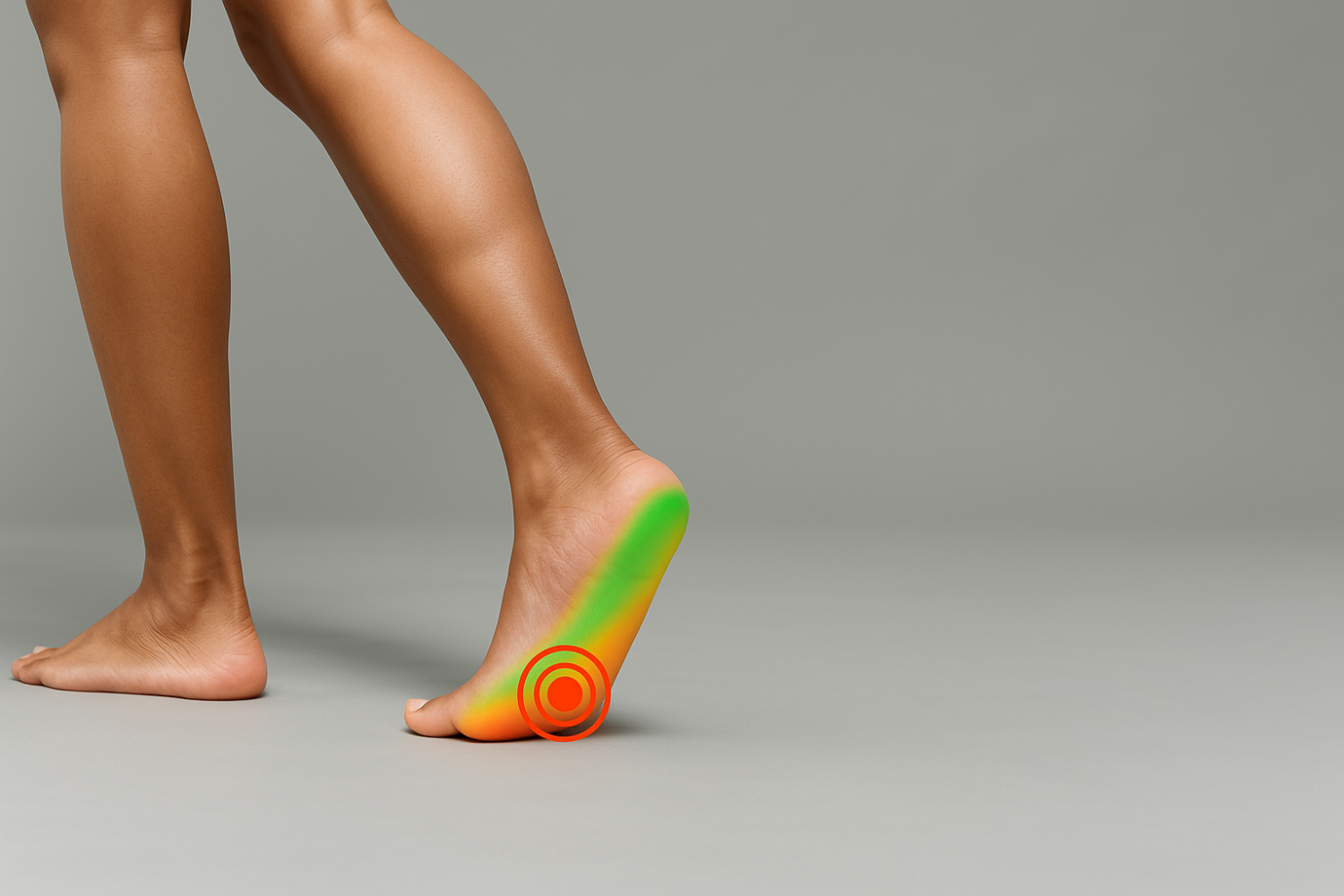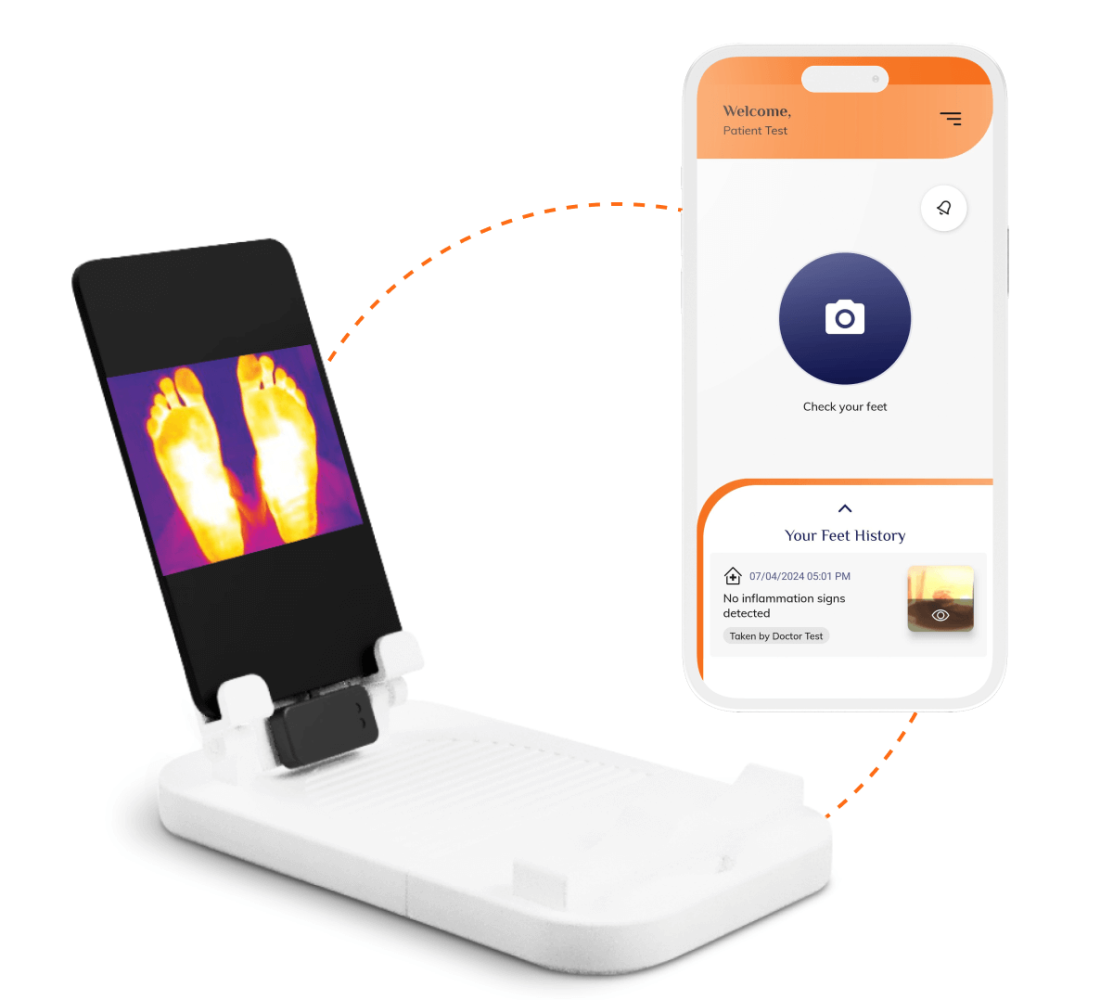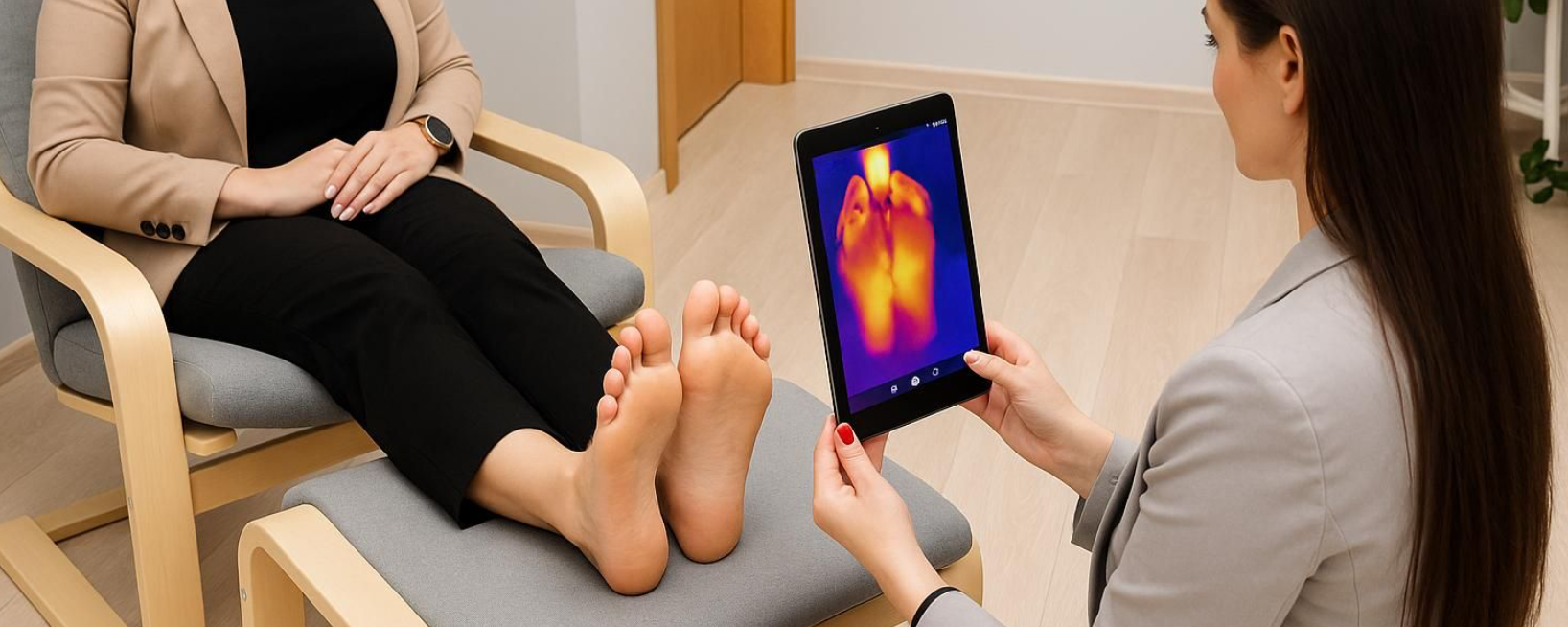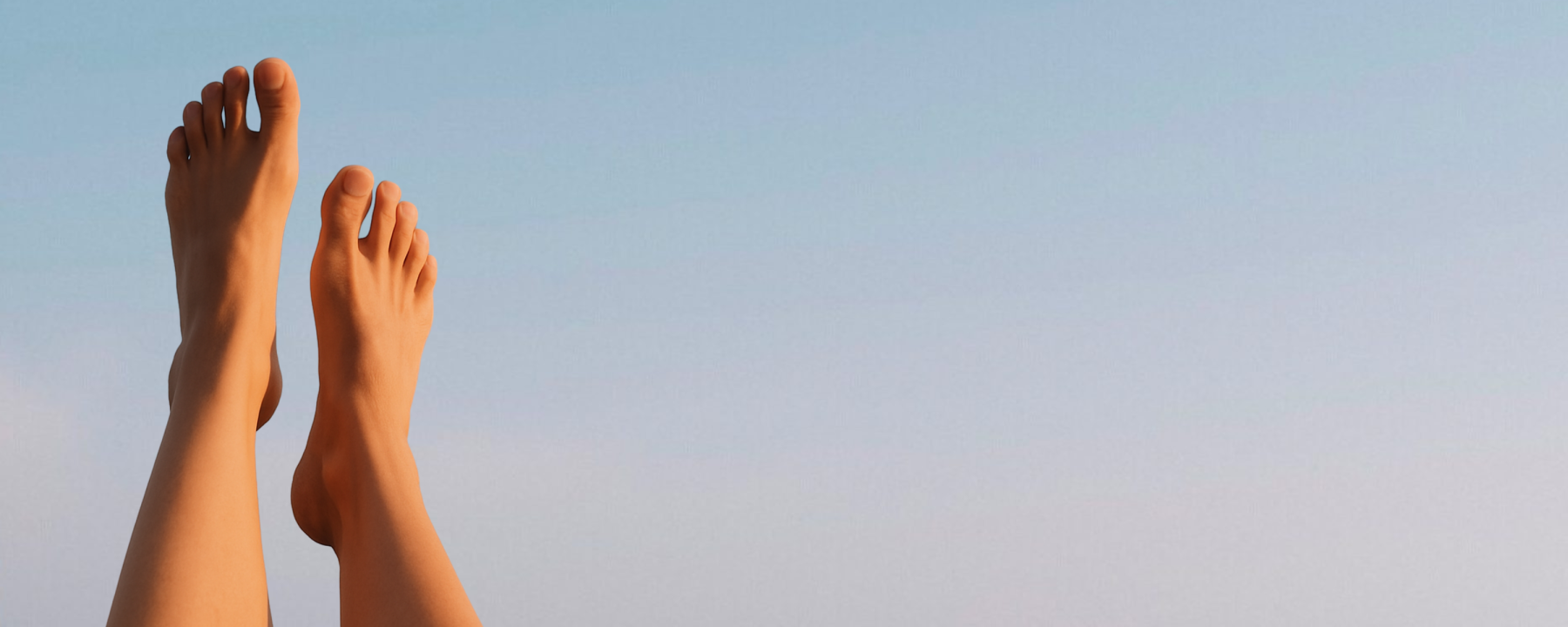
Diabetic Foot Monitoring
Feetsee is an innovative at-home medical device designed to monitor the temperature of the feet, helping to detect early signs of inflammation.
537
million people
Of the estimated 537 million people worldwide who have diabetes, up to a third will develop a foot ulcer in their lifetime.
150,000
amputations
Diabetes is #1 cause of lower extremity amputations. Each year 150,000 diabetes-related amputations occur in the US.
50-70%
mortality
An individual who has had an amputation has a worse chance of five-year survival than someone with coronary artery disease, breast cancer, and colorectal cancer.
Why Feetsee?
Trust
Patented medical device and HIPAA-compliant software
Technology
Highly accurate thermal (19,200 thermal points on a feet) and optical cameras, together with advanced ML algorithm
Versatility
Made for use by patients at home and by healthcare providers in clinics
Accessibility
Suitable for monitoring the feet of people with limited sight, mobility, or access to assistance

What is Feetsee?
Feetsee technology integrates cutting-edge thermal and optical hardware with advanced software algorithms.
This innovative system was developed through an extensive research and development process and has been validated in clinical trials.
Included:
- Proprietary thermal and optical camera technology
- Advanced algorithms for early detection of DFUs
- Comfortable and hygienic stand
- Mobile app for users
- Software for providers
- Carrying case
Secure data access and sharing with clinicians.
Real-time alerts and notifications.
Easy-to-view timeline of all your feet check-ups.

Advantages
|
| |
| Technology | Contact-less thermal and optical cameras with AI powered software |
| Speed of detection | Fast, daily at-home use ensures timely detection |
| Accuracy | 19,200 thermal points on foot, captures whole foot without distortion |
| Ease of use | Simple, no need to stand |
| Hygiene | Excellent, no direct contact reduces risk of contamination |
| Setup and use | Easy, quick setup, daily monitoring via app |
| Patient autonomy | High, patients can use independently at home |
| Documentation | Automatic, real-time updates to app and physician |
Frequently Asked Questions
What is Feetsee?
Feetsee is a patented, medical device that uses highly accurate thermal and optical cameras, combined with advanced algorithms, to monitor and detect early signs of diabetic foot complications.
How does Feetsee work?
Feetsee utilizes contact-less technology to capture thermal and optical images of your feet. These images are analyzed by advanced algorithms to detect signs of inflammation. The results are then sent to your smartphone or tablet via the Feetsee app.
Who can use Feetsee?
Feetsee is suitable for both patients to use at home and for healthcare providers to use in clinic settings. Feetsee offers several benefits: it is easy to use, provides highly accurate results in real time, and automatically documents each patient’s condition for better tracking and management.
How do I get started with Feetsee?
Download the Feetsee app from the App Store or Google Play. Connect the Feetsee hardware to your smartphone or tablet and follow the instructions for daily monitoring.
What platforms is the Feetsee app available on?
The Feetsee app is available for both iOS and Android devices.
How often should I use Feetsee?
It is recommended to use the Feetsee device daily to monitor your feet health. Regular feet checkups ensure early detection of complications and timely intervention.
What happens if Feetsee detects a problem?
If the Feetsee device detects signs of inflammation, it will send a notification to both you and your healthcare provider. This allows for timely communication and further evaluation or treatment.
Is the Feetsee device difficult to use?
No, the Feetsee device is designed to be user-friendly and easy to use at home. The app provides clear instructions and real-time feedback to assist with the monitoring process.
Can Feetsee be used without a prescription?
Yes, Feetsee can be purchased without a prescription. Just contact us for more information on how to obtain your device.
How does Feetsee help prevent amputations?
By enabling early detection of inflamation signs, Feetsee allows for timely medical intervention, which can prevent the progression of diabetic foot complications that could lead to amputations.
How is Feetsee different from the competitors?
Feetsee uses contact-less technology, eliminating the need to stand on any device, thus avoiding additional pressure on the foot and risk of contamination. This allows the camera to capture the whole foot including arches very accurately. Additionally, as there is no need to stand on anything, Feetsee can be used by people with the most mobility or balance issues, making it accessible to a wider range of patients.
Reference list
- McDermott K, Fang M, Boulton AJM, Selvin E, Hicks CW. Etiology, Epidemiology, and Disparities in the Burden of Diabetic Foot Ulcers. Diabetes Care. 2023; 46: 209–11.

Detect Early, Prevent Amputations
Diabetic foot ulcers (DFUs) lead to significant discomfort, pain, numerous amputations, and billions of dollars in healthcare costs each year.



